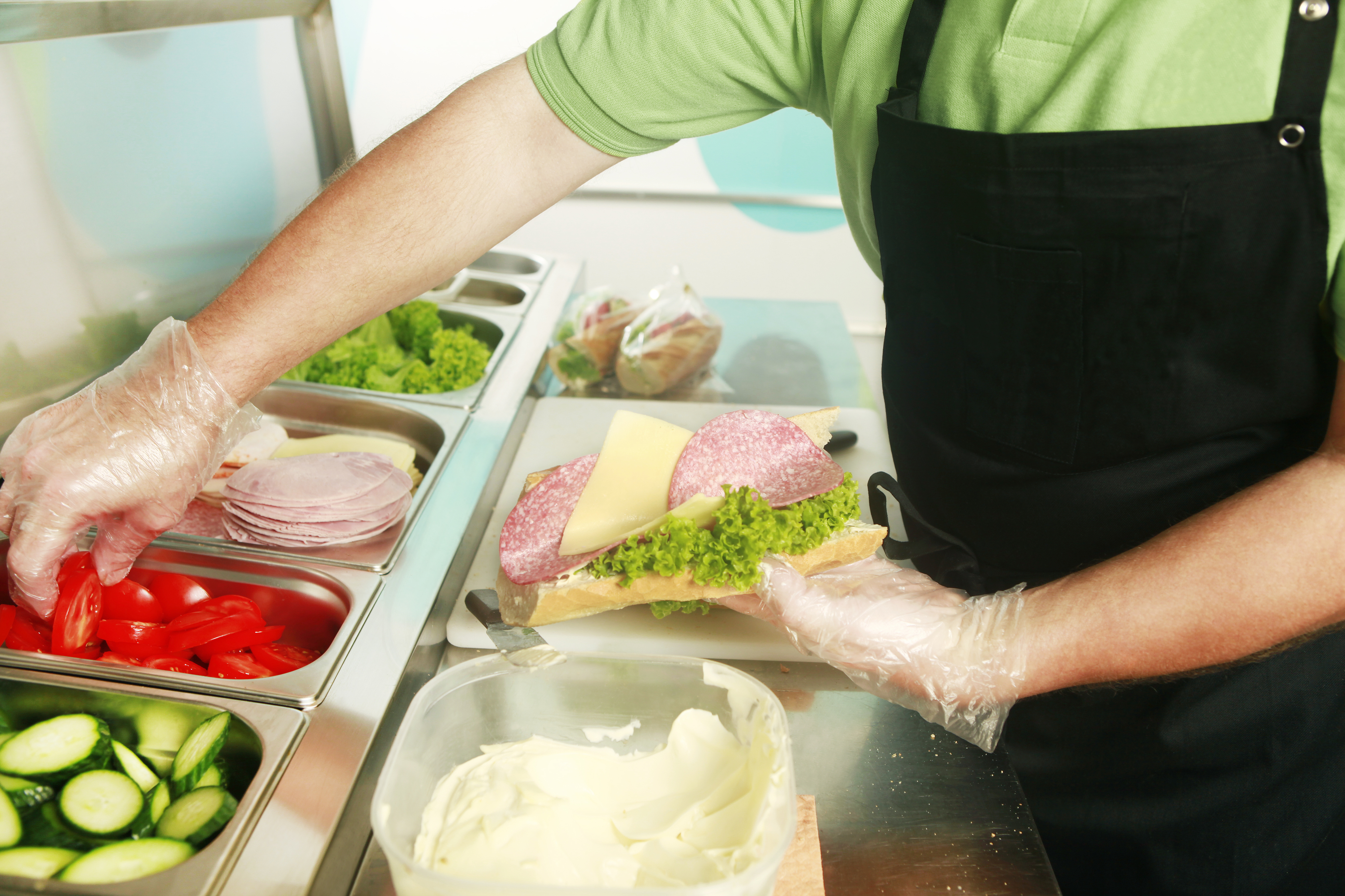
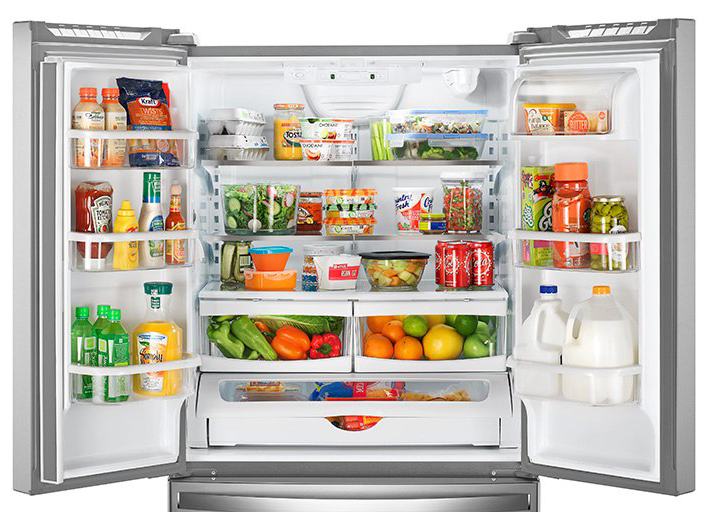
Refrigerators
• Refrigerators should be placed in a well ventilated area away from any food source
• Door seals must be maintained and fixed if damaged
• Temperature should be between 1-40C
• Should be cleaned and disinfected frequently.
Ten Common Causes of food poisoning
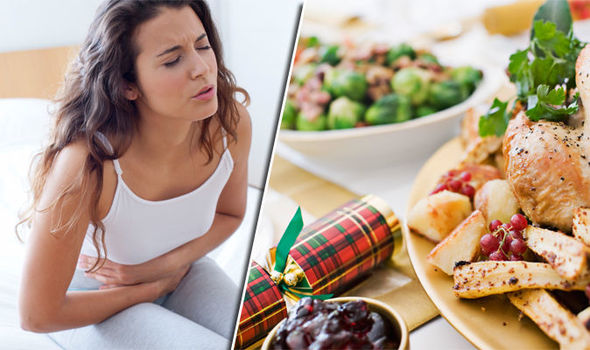
• Preparing food too far in advance and then leaving it at room temperature.
• Cooling food too slowly prior to refrigeration.
• Not reheating food to high enough temperatures to destroy food poisoning bacteria.
• The use of cooked food contaminated with food poisoning bacteria.
• Undercooking
• Not thawing frozen poultry for sufficient time.
• Cross-contamination from raw food to high-risk food.
• Storing hot food below 630C.
• Infected food handlers
• The consumption of raw food such as shellfish, eggs or milk.
How can we prevent bacteria from multiplying?
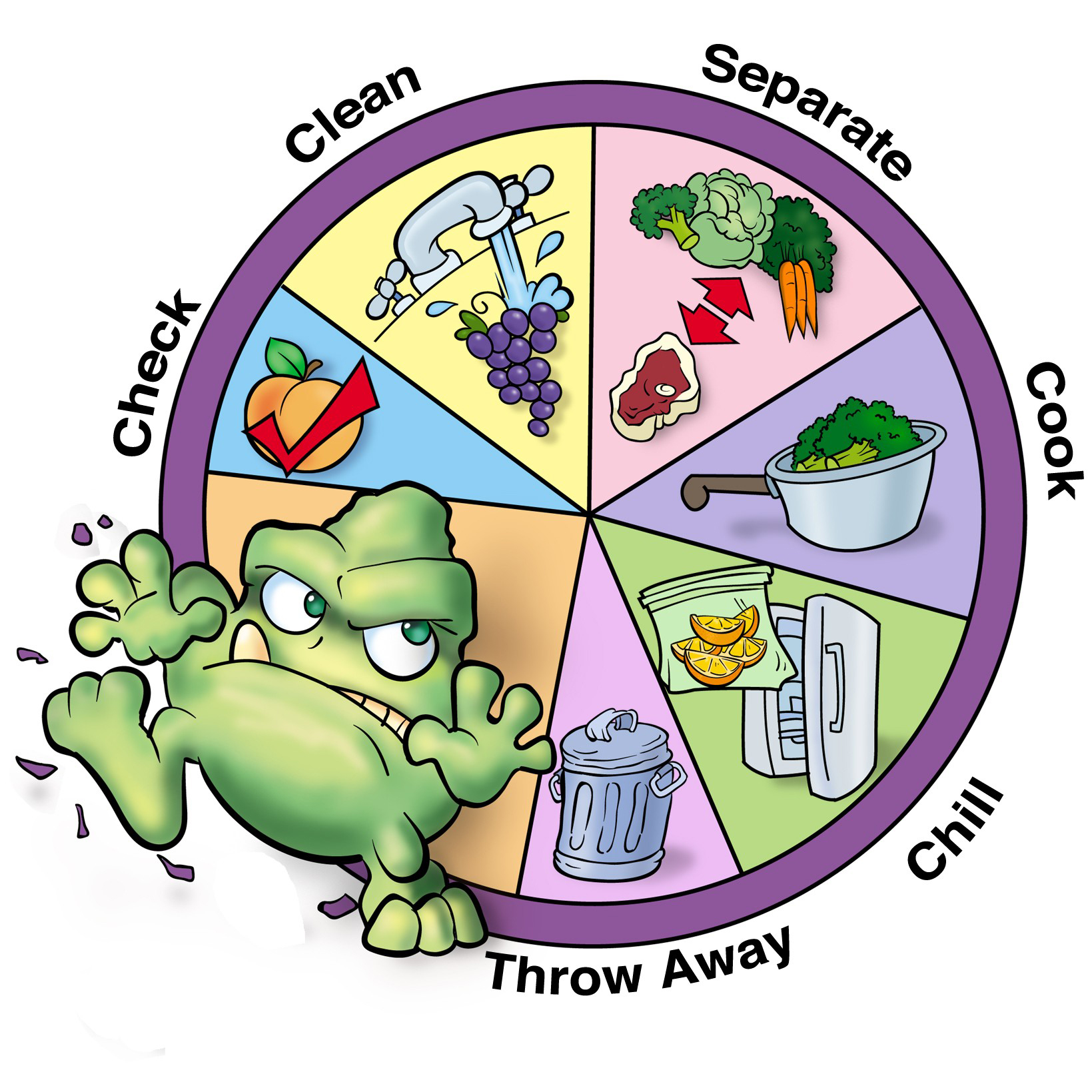
• Store food out of the Danger Zone
• Keep Time in Danger Zone to a minimum
• Use Preservatives
• Keep Dry Foods Dry
High Risk Foods
Food High Risk ?
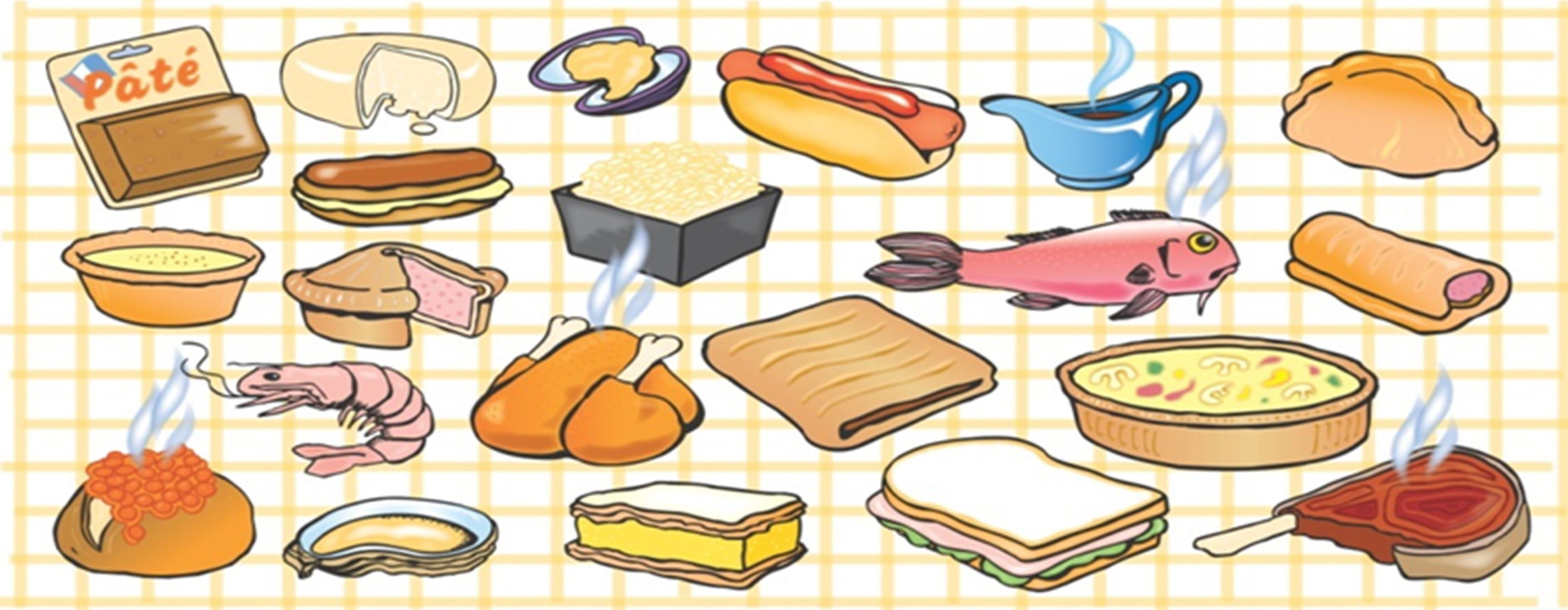
• Cooked Meat Yes
• Apple No
• Cooked Rice Yes
• Milk, Cream etc Yes
• Fresh Meat No
A High risk food is one which supports the growth of bacteria and is intended for consumption without further treatment that would destroy such bacteria, e.g. cooking
Some foods are higher risk than others because they present a better growth opportunity for food poisoning becteria (and viruses) then others.
Examples:
• All cooked foods-Already cooked, will not be cooked again, also free from competition.
• Foods containing Raw lngredients (or Foods normally eaten Raw or Part Cooked)-E.g. Mayonnaise, Rare Steak, shell fish.
Control of Bacteria

• High standard of personal hygiene, especially frequent hand washing before handling high risk food and not touching the mouth, nose or hair during food preparation.
• Avoid Cross contamination, Separate raw and high risk foods especially meat and vegetables
• Operating with good hygienic standards
• Cook food properly
• Effective cleaning and disinfection
• Exclude symptomatic food handlers
• Exclude pests and animals from food premises or food contact.
Where do Bacteria Come Form?
• People • Pests
• Air • Water
• Animals & Birds
• Raw food (Red Meat & Poultry)
• Soil & Water
How Bacteria Grow
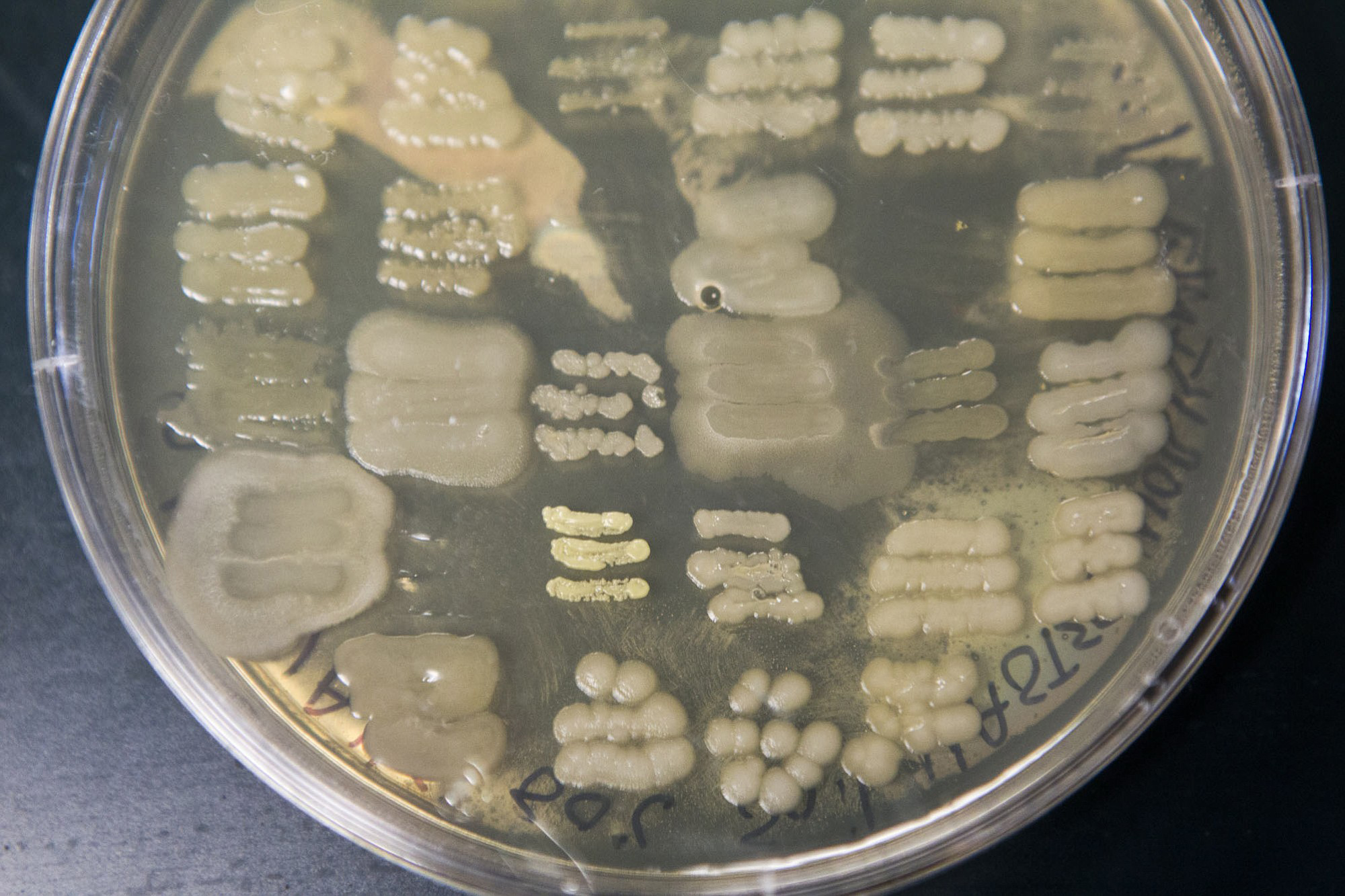
• Bacteria reproduce by splitting in two
• Under ideal conditions bacteria can divide in two every 10 Minutes
• One bacteria can become 10,00,000 in 3 hours & 20 minutes
Food Hygine
• Food hygine is more than cleanliness, it includes all practices involved in:
• Protecting food from contamination, including harmful bacteria present multiplying to an extent which result in illness of consumers or the earlyspoilage of food.
• Destroying any harmful bacteria in the food by though cooking or processing.
• Discarding unfit or contaminated food.
Food Poisoning
• Increase of meals consumed outside home.
• More holidays abroad.
• Improved investigation & detection.
• More awareness and greater publicity.
What is food poisoning? An unpleasant illness which normally happens with in 1 to 36 hours of eating contaminated or poisonous food.
Symptoms :
• Vomiting
• Fever
• Abdominal Pain
• Diarrhoea